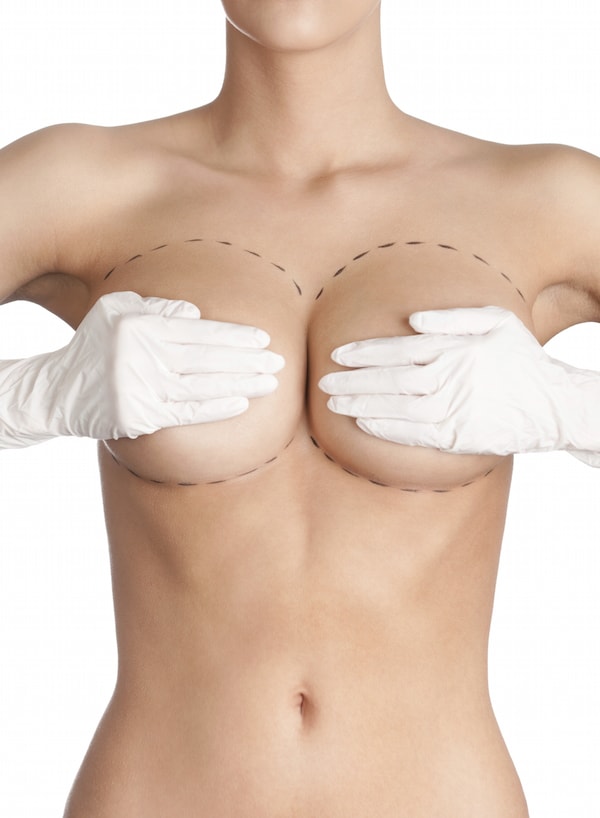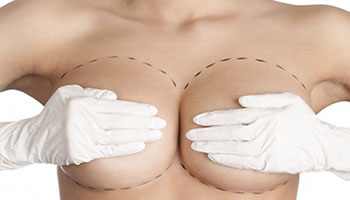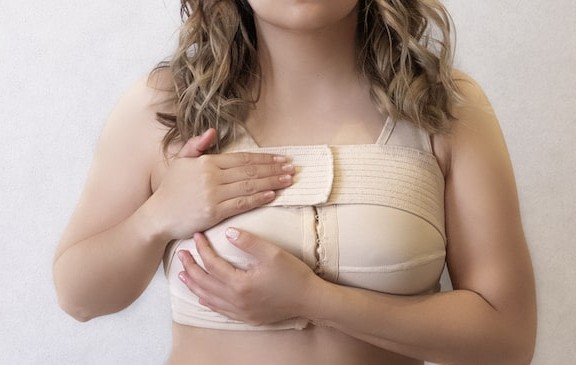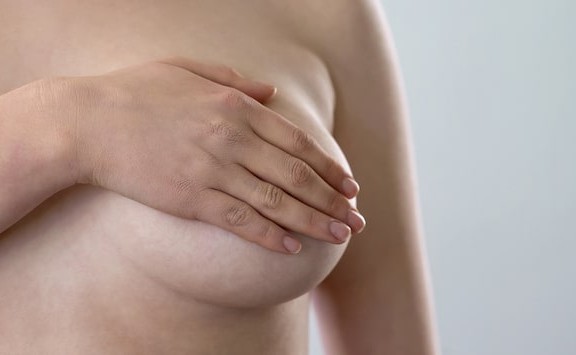 Breast augmentation is certainly not a “one size fits all” procedure. Much like no two snowflakes are the same, no two people are the same and the breasts differ on each person. The amount of breast augmentation that is appropriate for each person is best determined by a visit to an experienced and board certified doctor. One of the main decisions to be made during the breast augmentation process is what type of incision will be used during the procedure.
Breast augmentation is certainly not a “one size fits all” procedure. Much like no two snowflakes are the same, no two people are the same and the breasts differ on each person. The amount of breast augmentation that is appropriate for each person is best determined by a visit to an experienced and board certified doctor. One of the main decisions to be made during the breast augmentation process is what type of incision will be used during the procedure.
There are four types of incisions that are mainly used during breast augmentation procedures (as well as breast reduction procedures). They are inframammary, transaxillary, transumbillical and periareolar. To help you make an informed decision when meeting with a doctor, here is a rundown of the various incisions and the scars they create:
INFRAMAMMARY:
This is the most common incision type used on patients. Inframammary incisions are made in the skin fold of the breast where the lower part of the breast tissue connects with the chest wall. Once the skin incision is made and a breast implant pocket is created, a saline or silicone implant is placed above or below the breast muscle.
TRANSAXILLARY SCAR:
Transaxillary utilizes the natural folds of the armpit in order to hide the scar. After making an incision, the surgeon makes a small channel to the breast and creates a pocket for the implant. Saline implants are the preferred implant with this method because they come deflated and can easily be put in place. The scars from transaxillary are hidden in the armpit.
PERIAREOLAR:
Periareolar incisions can be found around the circumference of the areola. Surgeons follow the natural line that separates the nipple’s dark pigmentation from the rest of the skin. This allows the scar from the procedure to be almost undetectable. The downside to this incision is that silicone implants have to be placed and adjusted perfectly by the doctor and a periareolar incision makes using shaped silicone implants difficult.
TRANSUMBILLICAL:
Also known as TUBA, a transumbillical incision is the most limited technique used in breast augmentation procedures. The incision is placed at the umbilicus or the navel and only saline implants can be used since the implant has to be inserted while deflated through the umbilicus. Even though this is the most limited method, it leaves almost no visible scar after the healing is completed.
One important thing to remember is that the total cost of the procedure is generally not affected by the choice of incision. The cost differences depend on the choice of silicone vs. saline as well as the city where the procedure is performed. In general, the cost of a breast augmentation procedure is anywhere from $4000- $8000.
It’s also important to note that all breast implant procedures have a risk of capsular contracture (when scar tissue forms around the breast implants). Implant ruptures are also a concern but they do not pose much of a safety risk for patients.
Finally, the overall recovery time depends on the incision technique used during the surgery. Some of the methods have a one week recovery time while others take two or more weeks. All of the methods cause swelling, bleeding and bruising during the recovery process. Each patient also heals differently so the overall recovery time differs between patients.
While this guide is intended to help you make an informed decision about incisions made during breast augmentation procedures, it is not a substitute for meeting with an experienced doctor. Please make an appointment with a board certified doctor in your area before making any final decisions about breast implant procedures.





